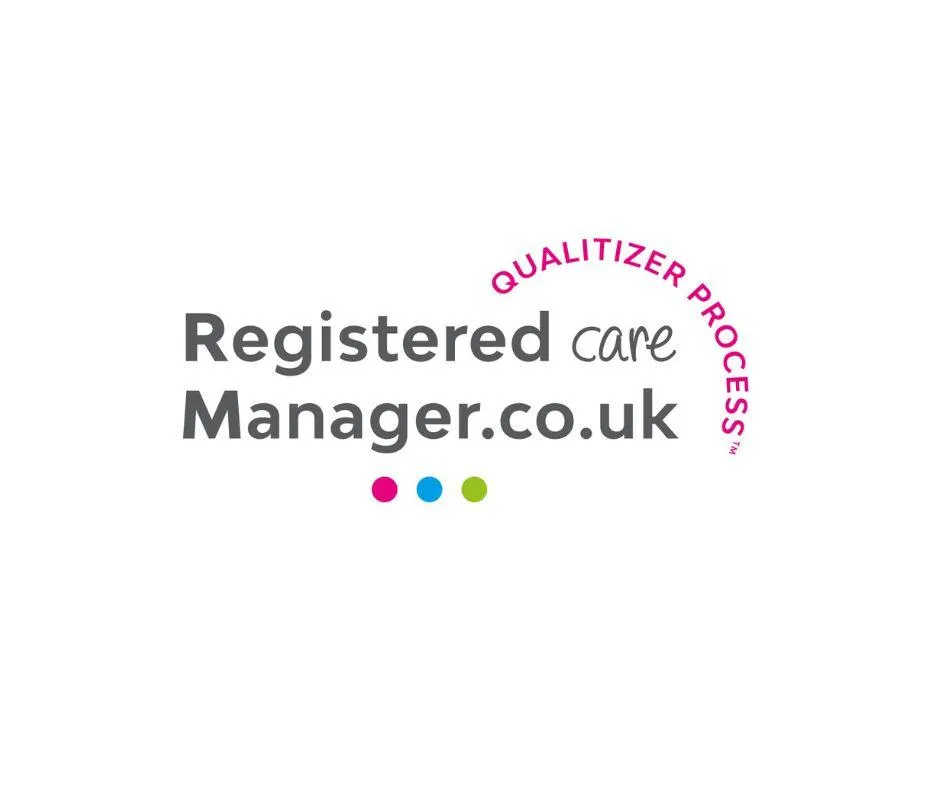
Ensuring Safe Staffing: Identifying Inadequacies and Taking Action
Ensuring Safe Staffing: Identifying Inadequacies and Taking Action
In the care industry, adequate staffing is crucial to delivering safe and effective services. If your organization is experiencing any of the following common characteristics of inadequate staffing, it may indicate that you’re not fully meeting the requirements for safe staffing. Let’s explore these issues and provide actionable tips for improvement.
1. High Turnover Rates
Signs: Frequent departures and difficulty retaining staff.
Tip: Enhance Employee Engagement
Create a positive workplace culture through recognition programs, feedback opportunities, and career development plans. Conduct exit interviews to understand the reasons behind turnover and address any concerns.
2. Struggling to Recruit Enough Staff
Signs: Ongoing challenges in attracting qualified candidates.
Tip: Improve Recruitment Strategies
Expand your recruitment channels by leveraging social media, job fairs, and partnerships with educational institutions. Offer competitive salaries and benefits to attract potential candidates.
3. New Staff Leaving Soon After Starting
Signs: High rates of early resignation.
Tip: Strengthen Onboarding Processes
Develop a comprehensive onboarding program that provides new hires with the necessary training, support, and mentorship to feel confident in their roles. Foster relationships from day one.
4. High Sickness Rates
Signs: Increased absenteeism among staff.
Tip: Promote Employee Well-being
Implement wellness programs and provide resources for mental and physical health. Encourage work-life balance and create an environment where staff feel supported in taking care of themselves.
5. Unorganized Rota System
Signs: Rota issued late or frequently changing.
Tip: Utilize Scheduling Software
Invest in scheduling tools that streamline the rota process and allow for flexibility. Ensure staff are involved in the scheduling process to accommodate their preferences.
6. Staff Only Have Time to Perform Duties, Not Care
Signs: Limited time for personal interactions with clients.
Tip: Prioritize Person-Centred Care
Evaluate workloads to ensure that staff have adequate time for both duties and meaningful interactions with clients. Consider adjusting staffing levels during peak times.
7. Little Consistency and Over-Reliance on Agency or Temporary Staff
Signs: Frequent changes in caregivers and lack of familiarity.
Tip: Build a Stable Core Team
While agency staff can be necessary, focus on creating a stable core team of employees. Implement retention strategies to reduce reliance on temporary staff.
8. Limited Staff Induction
Signs: New employees feel unprepared or uninformed.
Tip: Enhance Induction Programs
Develop a thorough induction program that includes hands-on training, shadowing experienced staff, and orientation sessions to familiarize new hires with policies and procedures.
9. Few Supervisions and Only Mandatory Training
Signs: Lack of professional development opportunities.
Tip: Encourage Continuous Learning
Schedule regular supervisions to provide feedback and discuss career development. Offer additional training opportunities beyond mandatory requirements to empower staff growth.
By identifying these characteristics and implementing the recommended tips, you can take proactive steps to improve staffing in your service. Ensuring adequate staffing not only enhances the quality of care provided but also supports a positive work environment for your team.

